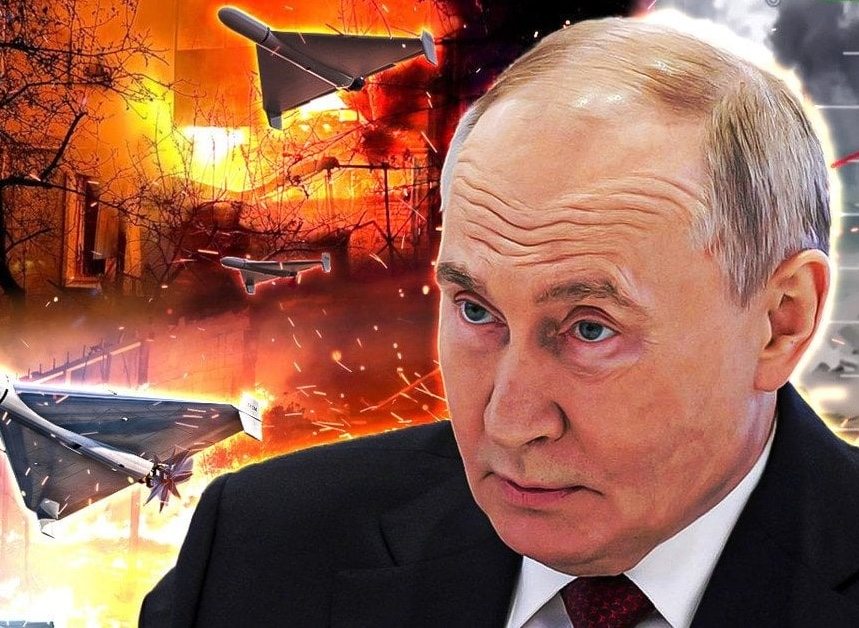The incident with the appearance of Russian drones on Polish territory has become a new round of escalation against Europe. However, the main question is what exactly Vladimir Putin was trying to achieve.
According to media reports, Polish Prime Minister Donald Tusk reported 19 Russian drones flying into the country’s airspace, four of which were shot down. Warsaw clearly pointed to the culprit: “There is no doubt about Russia’s aggressive intentions,” Tusk emphasized.
This is the first time that such a large number of drones have invaded the territory of a NATO state, and when they were destroyed.
Polish Foreign Minister Radoslaw Sikorski noted: “According to the assessments of the Polish and NATO Air Forces, the drones’ course was intentional – they attacked deliberately.”
Other NATO allies expressed a similar position: German Defense Minister Boris Pistorius said that “there is no reason to consider what happened an accidental mistake.” Fabian Hoffman, an expert on missile and nuclear strategy at the University of Oslo, shares a similar opinion: the flight path, according to him, indicates the controlled nature of the mission.
However, some Western politicians expressed caution in their assessments. British Defense Secretary John Healey noted: “There is conflicting information, and no conclusions about the goals of the attack have been reached yet. But one thing is clear: Russia’s actions were dangerous, irresponsible, and violated the sovereignty of Poland and NATO.”
Economist Timothy Ash noted that Moscow is thus demonstrating its unwillingness to seek a peaceful settlement with Western support. And Hoffman added that the deterioration of the domestic situation in Russia, including the economic one, pushed the Kremlin to escalate: “Russia sensed a window of opportunity.”
At the same time, the media emphasized that NATO forces managed to shoot down only four of the 19 drones, which casts doubt on the Alliance’s level of readiness. Professor of Strategic Studies at the University of St Andrews, Phillips O’Brien, said: “Russia’s mock attack on Poland has shown that NATO is still not prepared for a real threat.”
Experts believe that one possible response would be a significant strengthening of air defense systems in NATO countries, as well as large-scale multinational air defense exercises to improve coordination between allies.
On the night of September 10, Poland put its aviation and air defense systems on high alert. In the morning, the authorities officially reported an attack by 19 Russian drones.

 Discuss
More news
Discuss
More news


